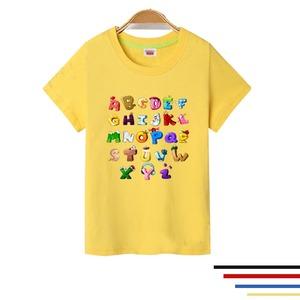您所在的位置:首页 - 经验 - 正文经验
TypesofClothing:
![]() 乾民
2024-04-17
【经验】
379人已围观
乾民
2024-04-17
【经验】
379人已围观
摘要Children'sClothinginEnglishChildren'sClothinginEnglishWhenitcomestochildren'sclothing,therearevariou
Children's Clothing in English
When it comes to children's clothing, there are various terms and phrases in English that are commonly used. Here are some key vocabulary related to children's clothing:
- Onesie: A one-piece item of clothing for infants, usually covering the torso and legs.
- Bodysuit: Similar to a onesie, but may have snaps at the crotch for easy diaper changes.
- T-shirt: A short-sleeved top.
- Shirt: A button-up or collared top.
- Blouse: A dressy top for girls.
- Dress: A one-piece garment for girls that covers the body and extends down over the legs.
- Skirt: A garment worn by girls that hangs from the waist and covers part or all of the legs.
- Shorts: Garments that cover the pelvic area and the upper part of the legs.
- Pants/Trousers: Bottoms that cover the legs.
- Jacket: A lightweight outer garment.
- Coat: A heavier outer garment for warmth.
- Hat: Headwear for children.
- Gloves: Hand coverings for warmth.
- Shoes: Footwear for children.
- Cotton: A soft, breathable fabric often used for children's clothing.
- Denim: A sturdy cotton twill fabric, commonly used for jeans.
- Flannel: A soft woven fabric, often used for pajamas and shirts.
- Polka dots: A pattern consisting of regularly spaced, round dots.
- Stripes: Lines of varying widths and colors.
- Plaid: A pattern of intersecting lines, often in multiple colors.
- Animal print: Patterns that mimic the skin or fur of animals.
When shopping for children's clothing, it's important to consider the size and fit. Common size ranges include:
- Newborn: For infants up to a few months old.
- Infant: For babies from 0-12 months.
- Toddler: For children aged 1-3 years.
- Child: For children aged 4-12 years.
- Preteen: For children aged 10-12 years.
It's important to consider the child's measurements and growth rate when selecting clothing sizes. Additionally, some clothing items may have adjustable features to accommodate growth.

When selecting children's clothing, consider the following guidelines:
- Opt for soft, comfortable fabrics that are gentle on the skin.
- Choose clothing that allows for easy movement and play.
- Consider the season and weather when selecting outfits.
- Check for any potential choking hazards, such as small buttons or embellishments.
- Look for clothing that is easy to put on and take off, especially for younger children.
- Consider the child's preferences and allow them to express their style through their clothing choices.
By following these guidelines and familiarizing yourself with the vocabulary related to children's clothing in English, you can make informed decisions when shopping for your child's wardrobe.